Late last month I received my second Arduino, which took a bit longer than usual to arrive, and when it did, it came directly from China in a small package. There was not the usual colorful little box and package of stickers, which made me suspicious.
Sure enough, looking more closely revealed that I have one of the fake arduino boards.
Here they are side by side:
Since Arduino is an open source board design it stands to reason that there would be some similar boards designed, or derivatives that are Arduino-compatibles, but they shouldn’t try to attempt to pass themselves off as the original and definitely not infringe on the trademark.
Since I have a fake, I thought it would be fun to note what I could spot as differences before attempting to return it (don’t want to encourage this sort of behavior). NOTE that the Amazon ad from which I purchased it said it was the OFFICIAL one but several commenters noted they received fakes as well. So be careful when ordering!
To start, the official Arduino counterfeits description page gives the most common features of the fakes to be:
- Color
- Font/Silkscreen
- Logos
- Components
- Connections
- Header labeling
Definitely noticed the color differences off the bat. But on closer inspection also could see also other differences:
Note the green 501k resistor on the left (fake) under the USB port. Arduino has their own 501k resistor custom made to stand out (right).
Generally, the soldering job on the fake was worse quality. Note the crystal oscillator (oblong silver thing left of center) is not soldered in straight on the fake. Also:
Note the silk-screening is better on the real one (right) vs the fake (left). The hole in the “A” is missing on the fake. Generally, through holes are not as well done on the fake as well.
The boot of Italy is not as well formed on the fake (left), although at first glance it seemed ok. Notice the distance between the tip of the boot and the island of Sicily.
One might say “what does it matter?” Well, besides the fact that it encourages illegal trademark infringment, you might not get as high quality a board, that may break over time.
Notice here the poor soldering job done on the fake (left). The 4th pin from the left on the bottom isn’t even soldered completely! This is sad also because there are purple marks on the board indicating someone had to have inspected it at some point! Who knows what kinds of problems you would have to debug with the fake board!
A couple of big indicators, 1, no silkscreening on the pin headers:
and the biggest thing of all, no board number on the corner of the board!
I’ve given a 1-star review of the vendor on Amazon and will be reporting them for trademark infringement per the recommendation on the Arduino official page.
Hopefully I’ll get my money back, stay tuned.
In the future need to check the list of official vendors here, I guess imitation is a form of flattery, but in my mind it’s just an attempt to grab a piece of the DIY Arduino market.
At least with this one it was easy to tell, I’m sure I have other undiscovered fakes in-house.
Look carefully!
UPDATE
Been in contact with the Arduino Trademark people after reporting the seller to them. Sent them some detailed pictures, shown here: http://goo.gl/gTY1pj
Also, after some back and forth with the seller they have refunded my money ($15 which should have been a hint as to the fact it was counterfeit), without asking for the board back. Won’t use it. It will serve as a reminder to be careful ordering these and other boards in the future.





![IMG_20150102_181658[1]](http://www.nanowonders.com/wp-content/uploads/2015/01/IMG_20150102_1816581-300x225.jpg)
![IMG_20150102_181746[1]](http://www.nanowonders.com/wp-content/uploads/2015/01/IMG_20150102_1817461-300x225.jpg)
![IMG_20150102_181757[1]](http://www.nanowonders.com/wp-content/uploads/2015/01/IMG_20150102_1817571-300x225.jpg)
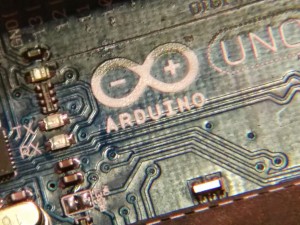
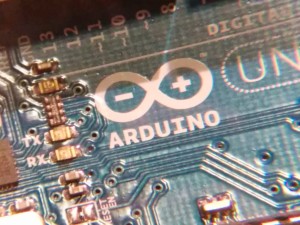
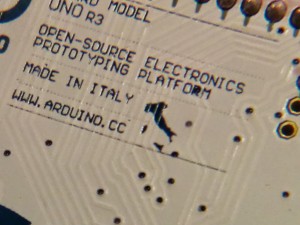
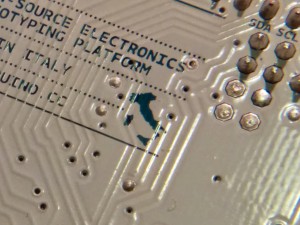
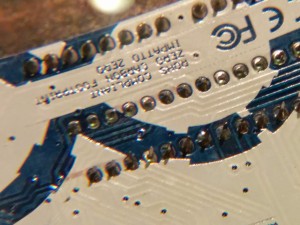
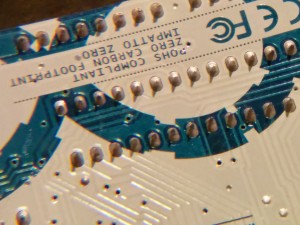
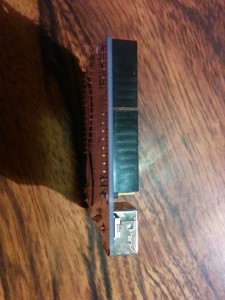
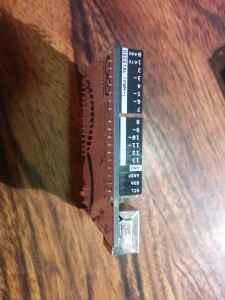
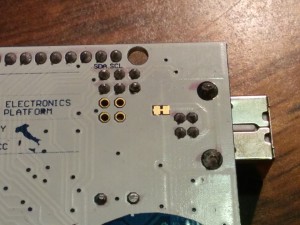
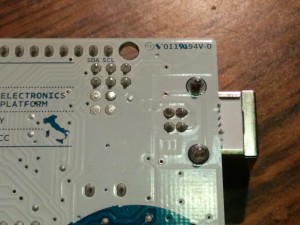
![IMG_20150102_225646[1]](http://www.nanowonders.com/wp-content/uploads/2015/01/IMG_20150102_2256461-300x225.jpg)